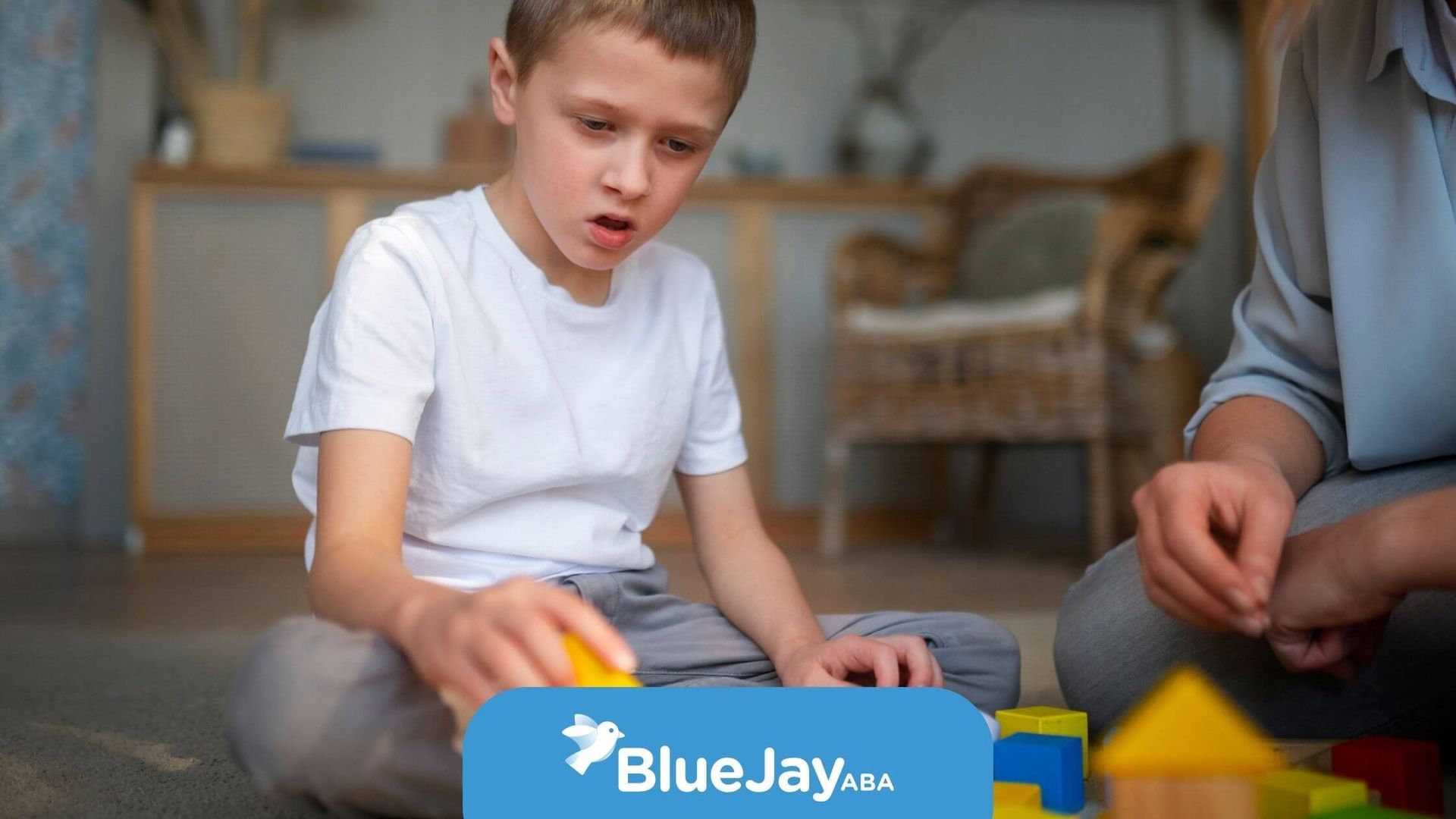DTT vs NET: Understanding ABA Teaching Methods for Autism Support
ABA therapy uses many teaching methods, but two common ones are Discrete Trial Training (DTT) and Natural Environment Teaching (NET). Understanding the difference between discrete trial training and natural environment teaching helps families and therapists choose the best approach.
What is Discrete Trial Training (DTT)?
DTT is a highly structured method of teaching skills in small steps. Therapists give clear instructions, the learner responds, and then receives immediate feedback or reinforcement. It usually happens in a controlled setting with few distractions. DTT is excellent for teaching foundational skills like identifying objects, following instructions, or simple communication.
What is Natural Environment Teaching (NET)?
NET happens in daily life settings—like home, playground, or community—where learning is embedded naturally. It uses the learner’s interests and motivations to teach skills, promoting generalization and practical use. NET is great for social skills, communication, and adaptive behaviors.
Key Differences
- DTT is structured, repetitive, and therapist-led.
- NET is naturalistic, flexible, and child-led.
Studies show that combining DTT and NET achieves the best learning outcomes, ensuring skill mastery and real-world application.
For families in North Carolina seeking effective ABA therapy, Blue Jay ABA offers expert implementation of both DTT and NET tailored to each child’s needs. Contact us today to learn more!
Sources:
Related Posts






